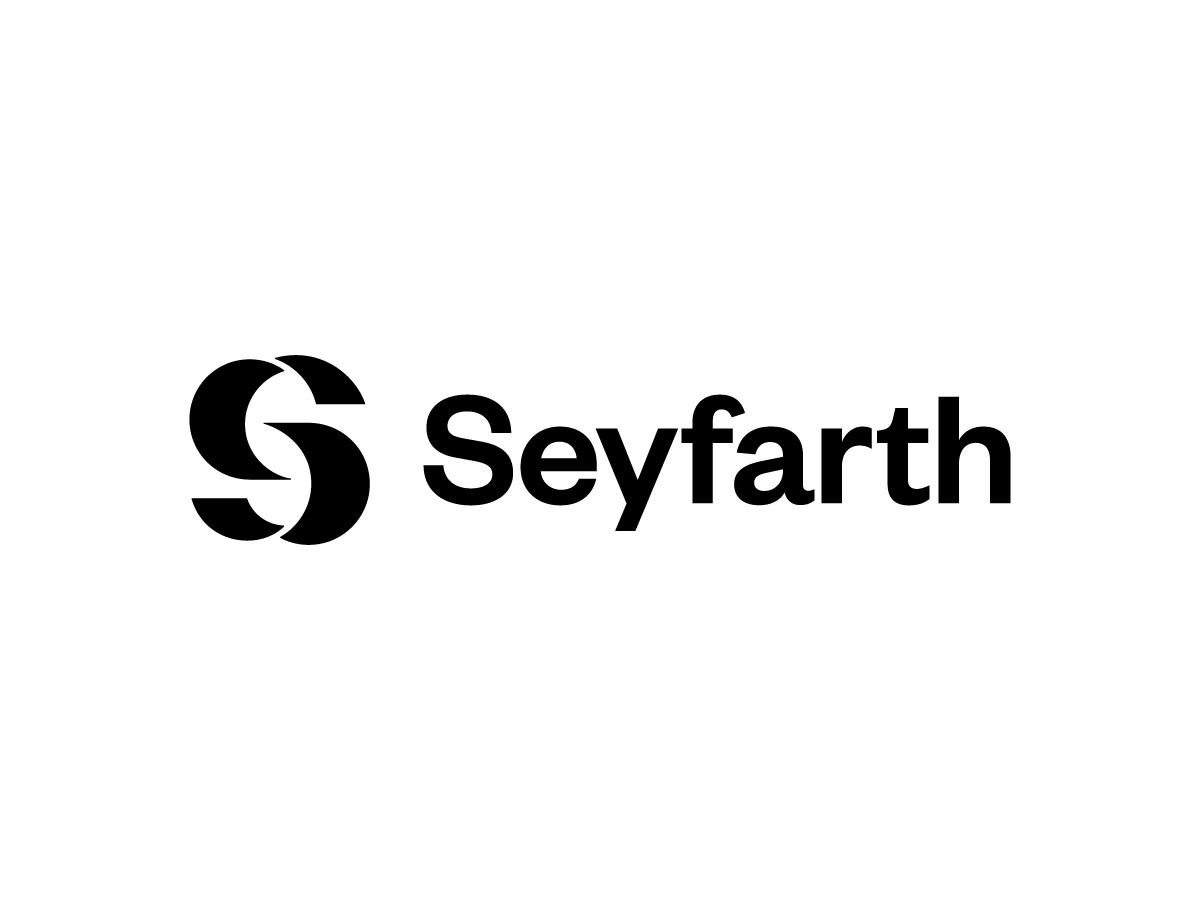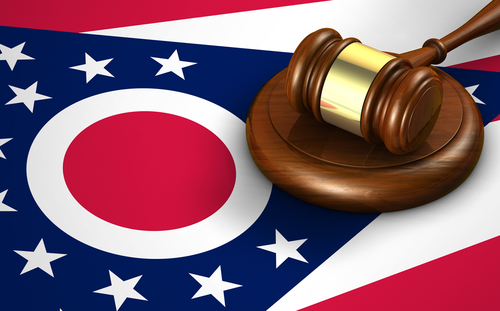Embracing AI in Patent Law: Navigating the USPTO’s Latest Guidance | Seyfarth Shaw LLP
The USPTO’s recent guidance on AI usage marks a critical moment for legal practitioners. This document emphasizes the necessity for both technical and human oversight in mitigating the risks associated with AI tools. The agency is committed to leveraging AI’s benefits across society while ensuring that these technologies do not compromise the integrity of legal processes.
The guidance clarifies that existing USPTO rules and regulations fully apply to AI-assisted activities. It serves as a reminder of the importance of human oversight and the need for attorneys to understand the workings of AI tools to utilize them responsibly. Here’s what every patent attorney needs to know:
- Duty of Candor and Good Faith: Central to the guidance is the reaffirmation of the duty of candor and good faith, extending to all interactions with the USPTO. This means that any AI-generated work must be meticulously reviewed to ensure its accuracy and completeness before submission.
- Signature and Certification Requirements: Under 37 CFR 11.18(b), signatures and accompanying certifications must affirm the truthfulness and reliability of submissions. The guidance explicitly states that relying solely on AI for these assurances is insufficient.
- Duty of Disclosure: Particularly in patent applications, the guidance highlights scenarios where AI’s role must be transparent. For example, if AI significantly contributes to a document’s drafting, such details must be disclosed and verified for accuracy.
- Operational Compliance: The guidance underscores that AI tools cannot hold USPTO.gov accounts nor represent clients independently. Practitioners must ensure that their use of AI does not infringe on federal and state laws or USPTO policies.
- Confidentiality and Security: Given that AI tools might store and process data on servers globally, there’s a heightened risk of unintentional data breaches. Practitioners must safeguard client confidentiality and adhere to national security regulations regarding data export.
The USPTO’s guidance arrives at a time when patent attorneys are increasingly turning to AI for tasks like prior art searches and the drafting of patent applications and responses to office actions. This trend is set to grow with upcoming changes, such as the fee increase for Information Disclosure Statements (IDS) filings. AI offers a viable solution to manage extensive prior art references efficiently without overwhelming legal professionals or the USPTO’s examiners.
However, this also introduces challenges. The USPTO warns against overburdening the office with non-essential references, emphasizing that practitioners must perform thorough reviews rather than relying on AI to filter out irrelevant material automatically.
The new guidance is a reminder that patent practitioners must navigate the use of AI tools with attention to detail and adherence to ethical standards. As the landscape of AI integration within patent law continues to evolve, practitioners should remain proactive in educating themselves and their teams about the latest developments and USPTO guidelines. By fostering a culture that emphasizes ethical AI usage and staying adaptable to new regulatory updates, patent law professionals can harness AI’s capabilities effectively while upholding the integrity of their practice and the broader patent system.






